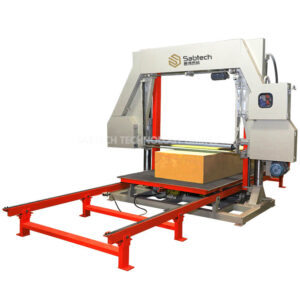
Which factors contribute to the resilience of PU foam?
The main factors affecting the resilience of polyurethane foam are: 1. Cell Opening Rate; 2.Cell Shape; 3.Cell Pore Size and Distribution; 4.Polyether Polyol; 5.Isocyanate; 6.Other Factors

The main factors affecting the resilience of polyurethane foam are: 1. Cell Opening Rate; 2.Cell Shape; 3.Cell Pore Size and Distribution; 4.Polyether Polyol; 5.Isocyanate; 6.Other Factors

Design Standards for Foam Molds:1.Materials; 2.Foam Leakage; 3.Joints; 4.Maintenance; 5.Mold Action Sequence; 6.Pneumatic Components; 7.Pressure Plates

While foam machinery may appear to have a simple operating principle, its internal structure is complex, making maintenance a highly technical task.

Foam cutting machines are efficient tools for cutting and processing various foam materials, providing convenience for production and manufacturing.

The use and maintenance of the rebonded foam machine(rebonding foam machine) should pay attention to several aspects:

The key factors in the polyurethane foaming machine foaming process are: 1. Temperature Control, 2. Pressure Control, 3. Component Metering, etc.

High resilience foam is renowned for its impressive mechanical properties, a relatively high compression load ratio for enhanced seating comfort, exceptional fatigue resistance, and notable breathability and flame resistanc

Polyurethane foaming technology is actually a technology to produce polyurethane foam. Nowadays, this kind of foam can be used in many fields,

When selecting a foaming machine for polyurethane (PU) foam production, there are several crucial factors to keep in mind:

Usually, in the sponge production process, we encounter foaming issues such as rapid foaming, overly large sponge pores, and a lack of fineness.
We will contact you within 1 working day, please pay attention to the email with the suffix “@alforu.cn”.